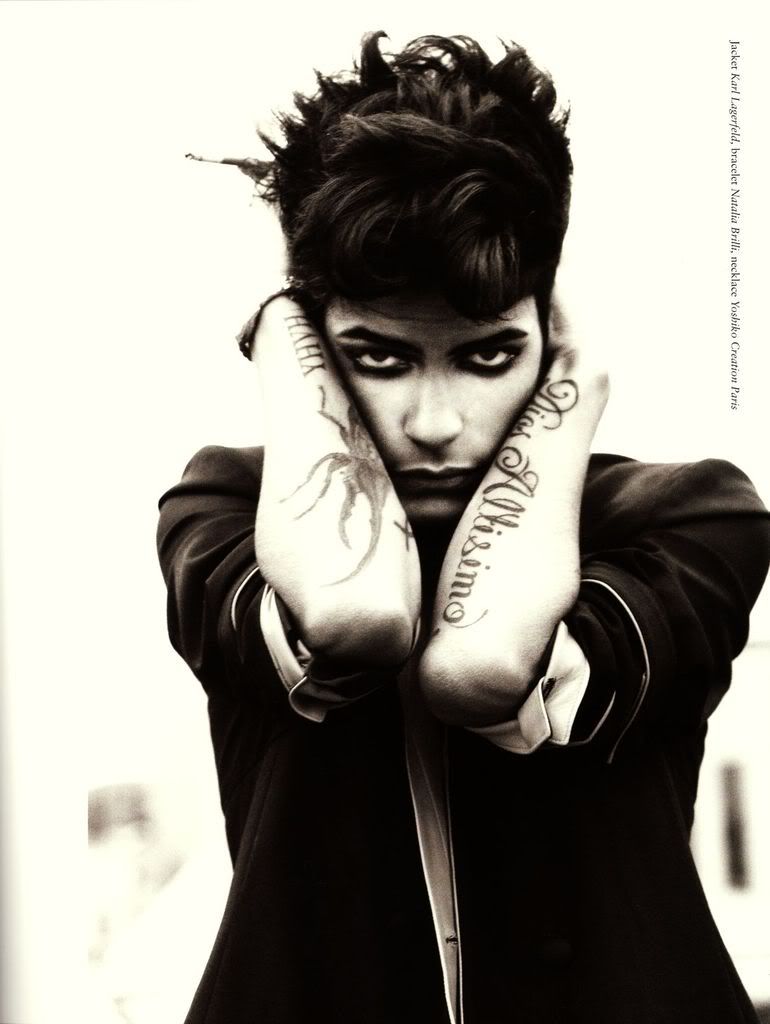“The photograph is an extended, loaded evidence - as if caricatured not the figure of what it represents (quite the converse) but its very existence. The image, says phenomenology, is an object-as-nothing. Now, in the photography, what I posit is not only the absence of the object; it it also, by one and the same movement on equal terms, the fact that this object has indeed existed and that it has been there where I see it. Here is where the madness is, for until this day no representation could assure me of the past of a thing expect by intermediaries; but with the photography, my certainty is immediate: no one in the world can undeceive me. The photography becomes a bizarre medium, a new form of hallucination: false on the level of perception, true on the level of time: a temporal hallucination, so to speak … a mad image, chafed by reality.”
Roland Barthes - Camera Lucida
I read this passage, and immediately thought that while entirely accurate in its day - and still holds true for most people - these claims on photography are true in a different way. The arrival of photoshop (and CS5 particularly, with its content-aware fill feature) has irrevocably changed the authenticity of photographs and my belief in their honesty. Any look through a magazine and its advertisements are a clear indication of the multiple realities allowed by modern technology: the face on a magazine cover is represented not how it appeared then and there as the photograph was taken, but has been adjusted to appeal to and reinforce a set system of aesthetics. Not only that, but it is ever the more possible to take images from various sources, and combine them together in a new image/event (I think of the band pictures featured on the cover of modern music magazines, with each member being photographed separately and then grouped together in post production). Each individual image is still locked into the past as Barthes states, but their combination makes of them a new image - a patchwork of past true occurances to make a falsified event that exists only in the present, as it is viewed.

















